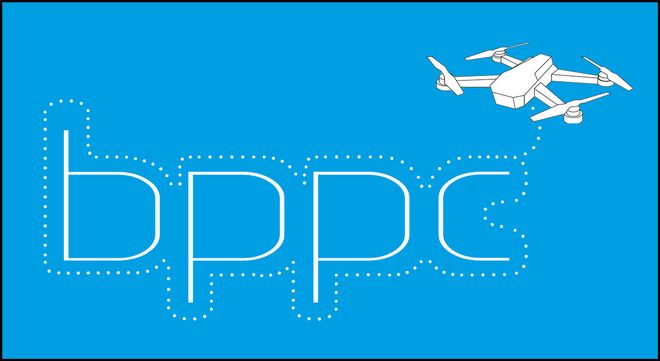
Challenge for flight path planning for the inspection of structures using unmanned aircraft vehicles
The application of unmanned aerial vehicles (UAV), so called drones, for the inspection of buildings is gaining traction and has potential to significantly increase the efficiency of maintenance processes. Especially for the inspection of large infrastructure like bridges or dams, image based inspections can greatly reduce the total effort by limiting manual inspections to those areas, where potential damages have been identified automatically.
Different defects like cracks, rust or sintering can occur on building surfaces and need to be detected in inspections. They can provide important information about a structures condition and support the maintenance. Additionally using the Structure from Motion (SfM) method, 3D models can be computed from the images, which can represent the geometry of the structure with high resolution and accuracy.
To be able to reliably gain this information from the data, the images need to fulfill certain quality requirements. Therefor it has become common to pre-plan the flight paths for the inspections in advance, by defining a series of waypoints from which the drone will capture the images following the in order.
Many methods have been developed in this context that use different approaches and boundary conditions to fulfill their requirements. While the basic goals are the same for most approaches, capturing high-quality images with sufficient resolution to be able to detect certain effects on the surface and compute useful 3D reconstructions, the concrete conditions vary widely and often different restrictions on the possible positions of the waypoints apply. Accordingly no method exists so far to compare the different approaches or even analyze if the requirements can be fulfilled with the computed flight path.To work on solving this issue, we propose in a contribution to the ISPRS Congress 2021 with the name "Evaluation of 3D UAS Flight Path Planning Algorithms" a method to analyze flight paths using the measures of accuracy and resolution.
The goal of the Bauhaus Path Planning Challenge(bppc) is to establish this method for the evaluation of flight paths that can be applied flexible in different scenarios and builds on on fundamental aspects, without any specific assumptions with regard to the used UAV, the building or the conditions during the inspection. Using this method, it is possible to compare different approaches and evaluate, which are especially well suited and produce the best results. To be able to compare different flight paths, it is necessary that they have been computed for the same object and the same requirements. It is currently not common to publish the scenarios for which the approaches have been developed and tested, so another contribution of the bppc is to provide a set of reference scenarios, 3D models of the structures and detailed requirements, based on which different flight paths can be compared.
To simplify the evaluation of flight paths and to present a ranking, we provide a platform containing all detailed information for the bppc. It offers the possibility to upload flight paths for evaluation, visualize them and submit them for the challenge. It also contains the download of the reference scenarios. There are detailed descriptions of the used evaluation metrics, which aspects of the flight paths are evaluated and how the final score is computed. The platform represents the the central access to the challenge, bringing together the community in the context of UAV flight path planning and inviting them to contribute. The platform can be found under:
path.medien.uni-weimar.de
As the website is still being developed and not yet complete, please send an email to Paul Debus to be entered into the mailing list with all news, updates and announcements.
